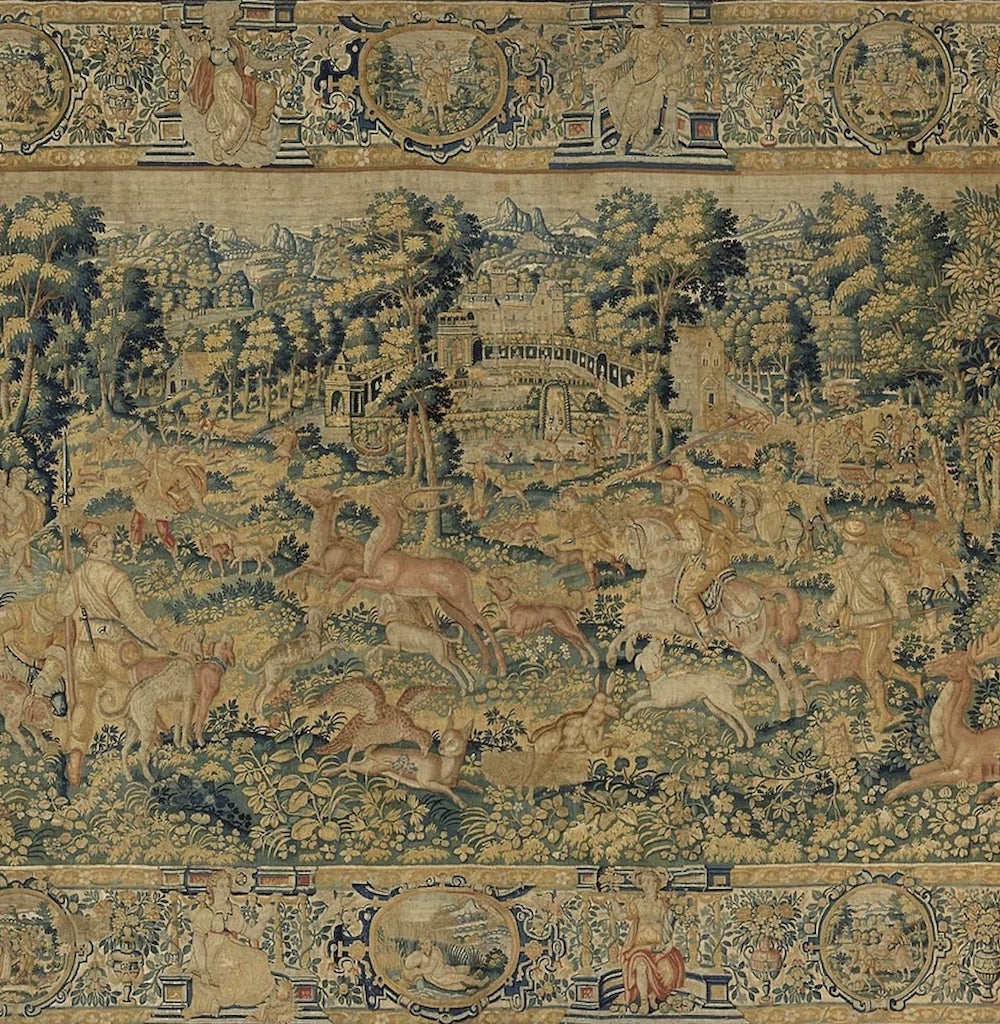Valuation Mechanisms of Fine European Tapestries in the International Auction Market
DOI:
https://doi.org/10.7577/formakademisk.5394Keywords:
Textile Arts, European Tapestry, Price Formation Mechanisms, Hedonic Regression, Auction MarketAbstract
Using textile arts (fine European tapestries) as a case study, we demonstrate the potential of hedonic regression to better understand buyers’ willingness to pay for these works at auction. Once highly valued, this medium offers unique characteristics that differ in part from paintings and affect buyers’ purchasing behaviors differently. Based on a dataset of 602 wall-hangings sold at Christie’s and Sotheby’s over the last decade, our empirical findings suggest that local place branding, aesthetics (antiqueness, ornamental effects), and material quality are crucial price determinants of textile arts.
References
Belk, R. W. (2009). Collecting as luxury consumption: Effects on individuals and households. In Collectible investments for the high-net-worth investor (pp. 73–84). Academic Press. https://doi.org/10.1016/B978-0-12-374522-4.00004-4 https://doi.org/10.1016/B978-0-12-374522-4.00004-4
Brosens, K. (2013). Tapestry: Luxurious art, collaborative industry. In J. Saslos & B. Bohn (Eds.), A Companion to Renaissance and Baroque Art (pp. 295–315). Wiley. https://doi.org/10.1002/9781118391488.ch14 https://doi.org/10.1002/9781118391488.ch14
Campbell, T. (Ed.) (2002), Tapestry in the Renaissance: Art and magnificence (exh. cat.). MetPublications.
Campbell, T. (Ed.) (2007), Tapestry in the Baroque: Threads of splendor (exh. cat.). MetPublications.
Campbell, T. (2008). How Medieval and Renaissance tapestries were made. In Heilbrunn Timeline of Art History. The Metropolitan Museum of Art. http://www.metmuseum.org/toah/hd/tapm/hd_tapm.htm
Delmarcel, G. (1999). La tapisserie flamande du XVe au XVIIIe siècle [Flemish tapestry from the 15th to the 18th century]. Paris.
Eichberger, D. (1992). Tapestry production in the Burgundian Netherlands. Art for export and pleasure. Australian Journal of Art, 10, 23–43. https://doi.org/10.1080/03146464.1992.11432808 https://doi.org/10.1080/03146464.1992.11432808
Ginsburgh, V., Mei, J., & Moses, M. (2006). The computation of price indices. In V. Ginsburgh & D. Throsby (eds). Handbook of the Economics of Art and Culture (pp. 947–979). North Holland. https://doi.org/10.1016/S1574-0676(06)01027-1 https://doi.org/10.1016/S1574-0676(06)01027-1
Guiffrey, J. (1886). Histoire de la tapisserie, depuis le Moyen Age jusqu’à nos jours [History of tapestry, from the Middle Ages to the present day]. Tours.
Hamill, S., & Luke, M.R. (2018). Photography and sculpture: The art object in reproduction. Getty Publications.
Hellmanzik, C. (2010). Location matters: Estimating cluster premiums for prominent modern artists. European Economic Review, 54(2), 199–218. https://doi.org/10.1016/j.euroecorev.2009.06.001 https://doi.org/10.1016/j.euroecorev.2009.06.001
Higgs, H., & Forster, J. (2014). The auction market for artworks and their physical dimensions including the Golden Ratio: Australia – 1986 to 2009. Journal of Cultural Economics, 38, 85–104. https://doi.org/10.1007/s10824-012-9197-z https://doi.org/10.1007/s10824-012-9197-z
Kotler, P., & D. Gertner (2002). Country as brand, product, and beyond: A place marketing and brand management perspective. Journal of Brand Management, 9(4/5), 249–250. https://doi.org/10.1057/palgrave.bm.2540076 https://doi.org/10.1057/palgrave.bm.2540076
McAndrew, C. (2021). The Art Market 2021. In The Art Basel and UBS Global Art Market Report. Basel.
Mignosa A., & Kotipalli P. (2020). A cultural economic analysis of craft. Palgrave MacMillan. https://doi.org/10.1007/978-3-030-02164-1 https://doi.org/10.1007/978-3-030-02164-1
Missaggia, C. (2013). European tapestries: History, conservation, and creation. [Senior Honors Projects (Paper 313)]. https://digitalcommons.uri.edu/srhonorsprog/313
Radermecker, A.-S. (2021). Anonymous Art at Auction: The Reception of Early Flemish Paintings on the Western Art Market (1946-2015). Brill. https://doi.org/10.1163/9789004460201 https://doi.org/10.1163/9789004460201
Radermecker, A.-S., & Brosens, K. (forth.). Valuing European Tapestries. From Riches to Rags. Journal of Cultural Economics.
Renneboog, L., & Spaenjers, C. (2013). Buying beauty: On prices and returns in the art market. Management Science, 59(1), 36–53. https://doi.org/10.1287/mnsc.1120.1580 https://doi.org/10.1287/mnsc.1120.1580
Standen, E. A. (1985). European post-Medieval tapestries and related hangings in the Metropolitan Museum of Art. MET.

Downloads
Published
How to Cite
Issue
Section
License
Copyright (c) 2023 Anne-Sophie Radermecker

This work is licensed under a Creative Commons Attribution-NoDerivatives 4.0 International License.
Authors who publish with this journal agree to the following terms:
- Authors retain copyright and grant the journal right of first publication with the work simultaneously licensed under a Creative Commons Attribution 4.0 License that allows others to share the work with an acknowledgement of the work's authorship and initial publication in this journal.
- Authors are able to enter into separate, additional contractual arrangements for the non-exclusive distribution of the journal's published version of the work (e.g., post it to an institutional repository or publish it in a book), with an acknowledgement of its initial publication in this journal.
- Authors are permitted and encouraged to post their work online (e.g., in institutional repositories or on their website) prior to and during the submission process, as it can lead to productive exchanges, as well as earlier and greater citation of published work (See The Effect of Open Access).
- The author(s) must manage their economic reproduction rights to any third party.
- The journal makes no financial or other compensation for submissions, unless a separate agreement regarding this matter has been made with the author(s).
- The journal is obliged to archive the manuscript (including metadata) in its originally published digital form for at least a suitable amount of time in which the manuscript can be accessed via a long-term archive for digital material, such as in the Norwegian universities’ institutional archives within the framework of the NORA partnership.
The material will be published OpenAccess with a Creative Commons 4.0 License which allows anyone to read, share and adapt the content, even commercially under the licence terms:
This work needs to be appropriately attributed/credited, a link must be provided to the CC-BY 4.0 licence, and changes made need to be indicated in a reasonable manner, but not in any way that suggests that the licensor endorses you or your use.



